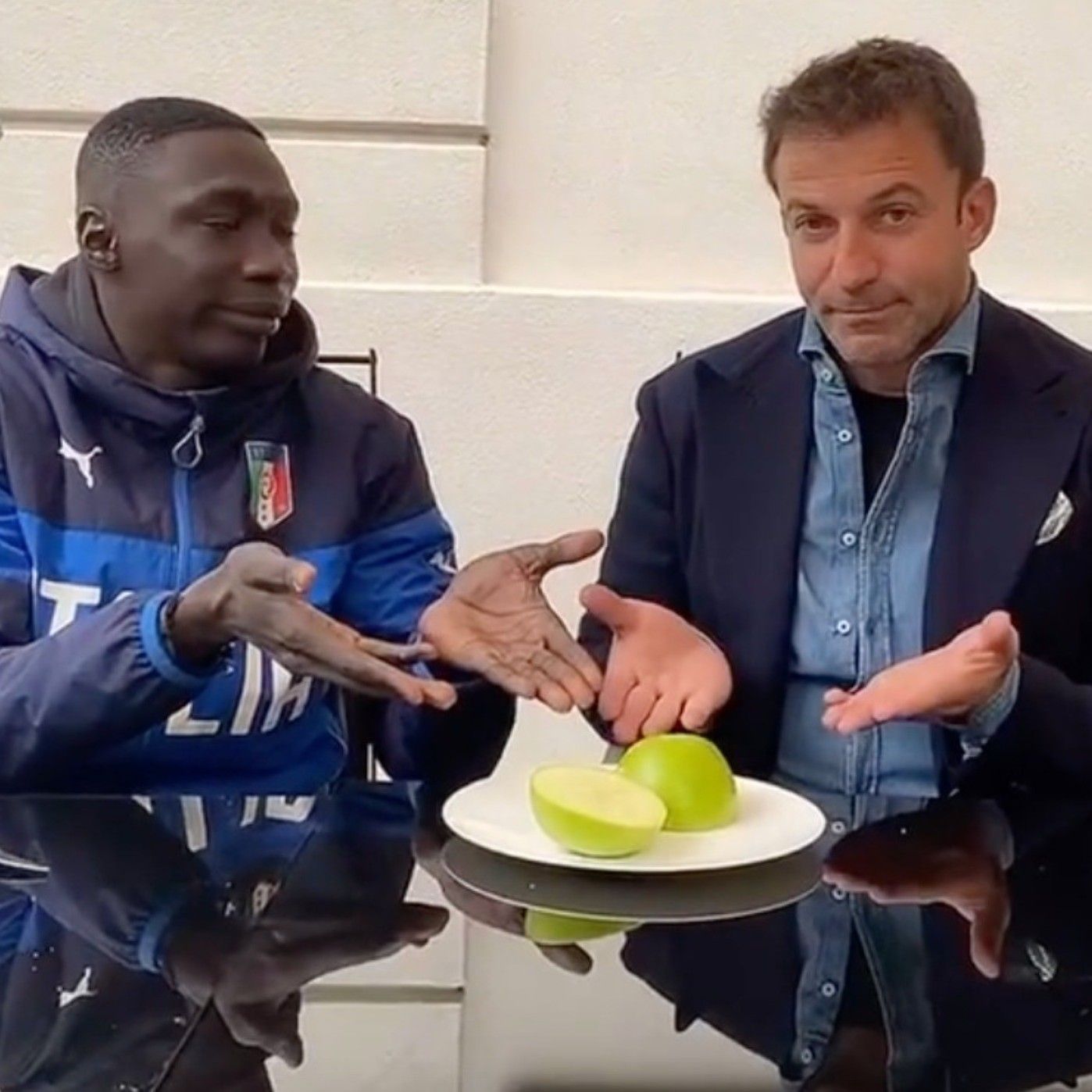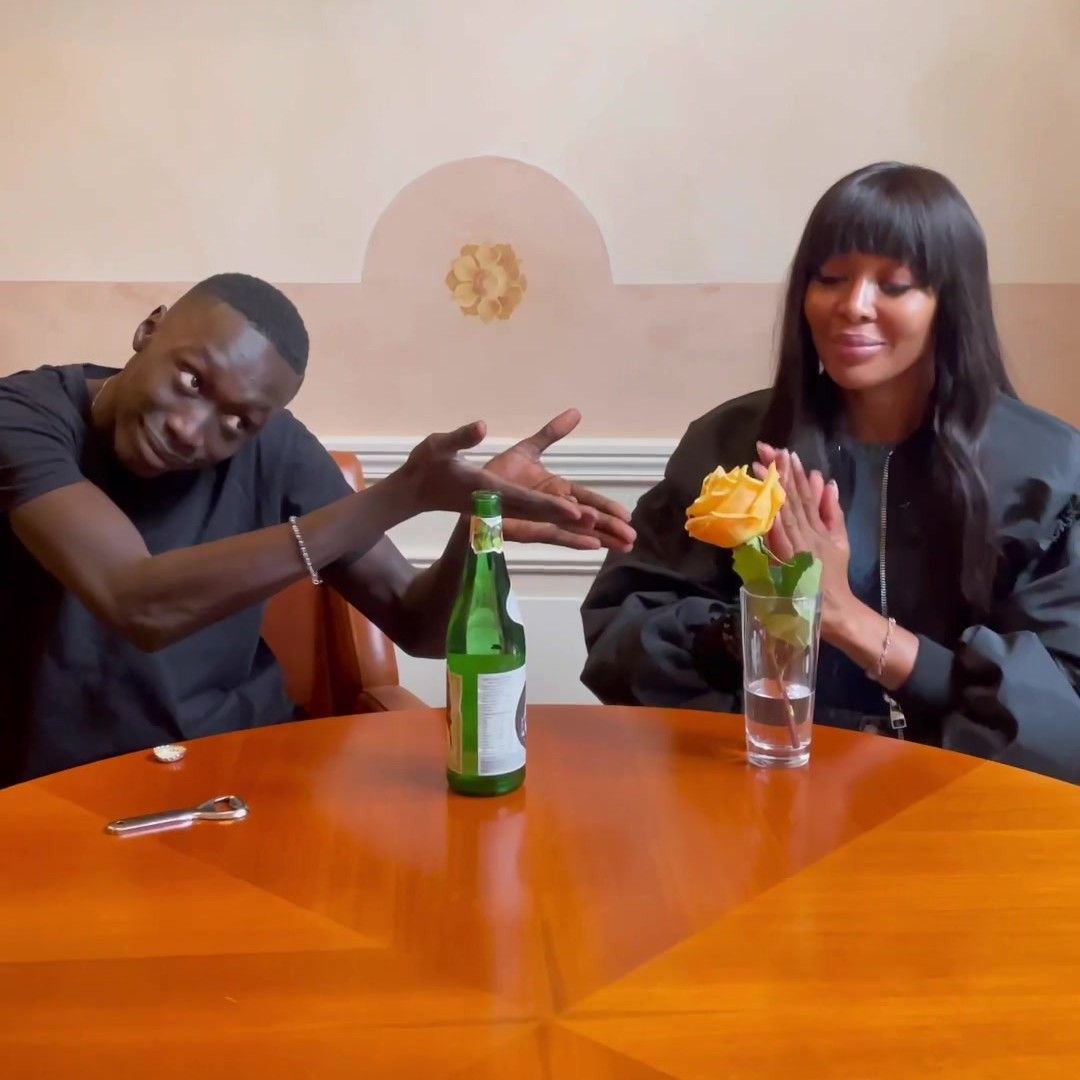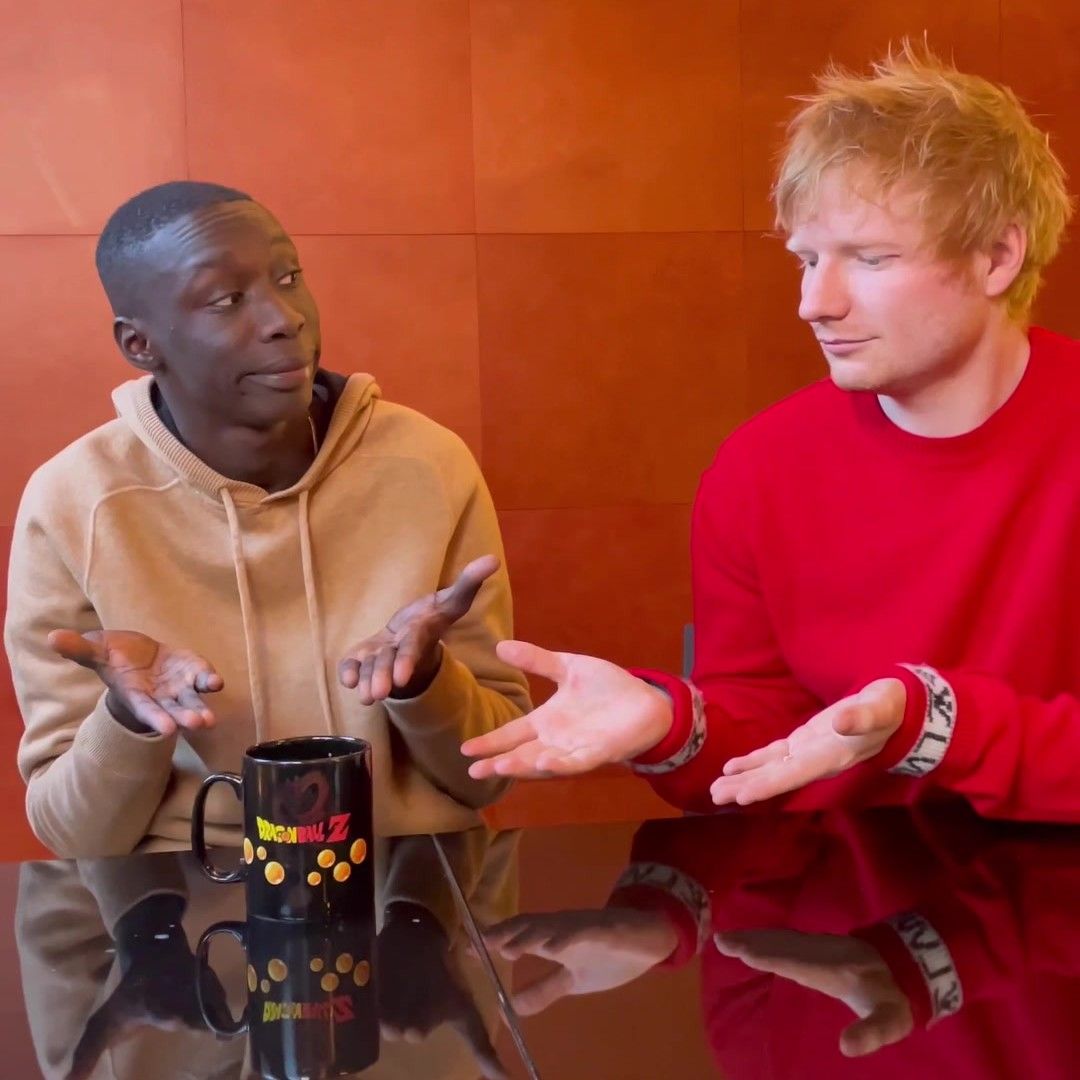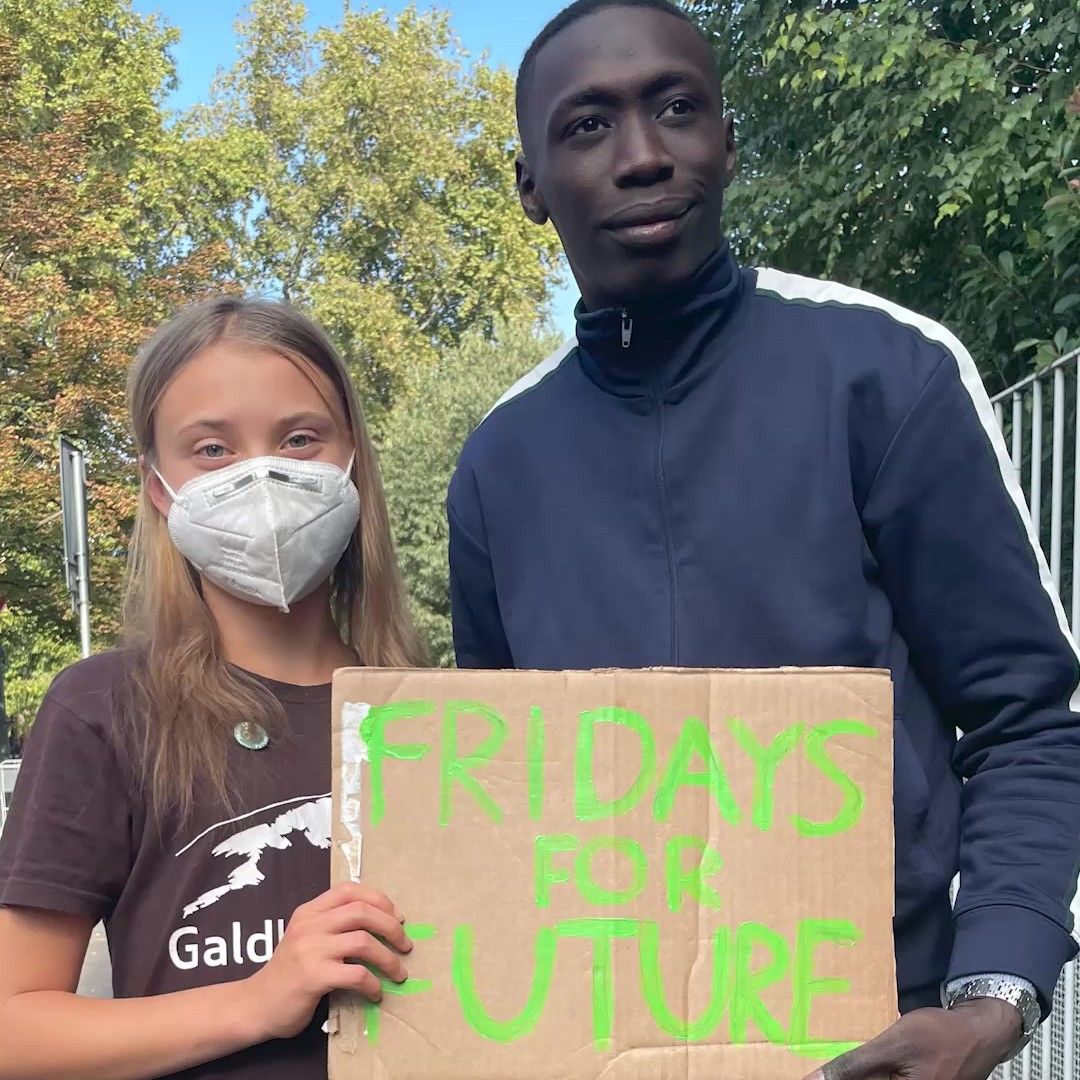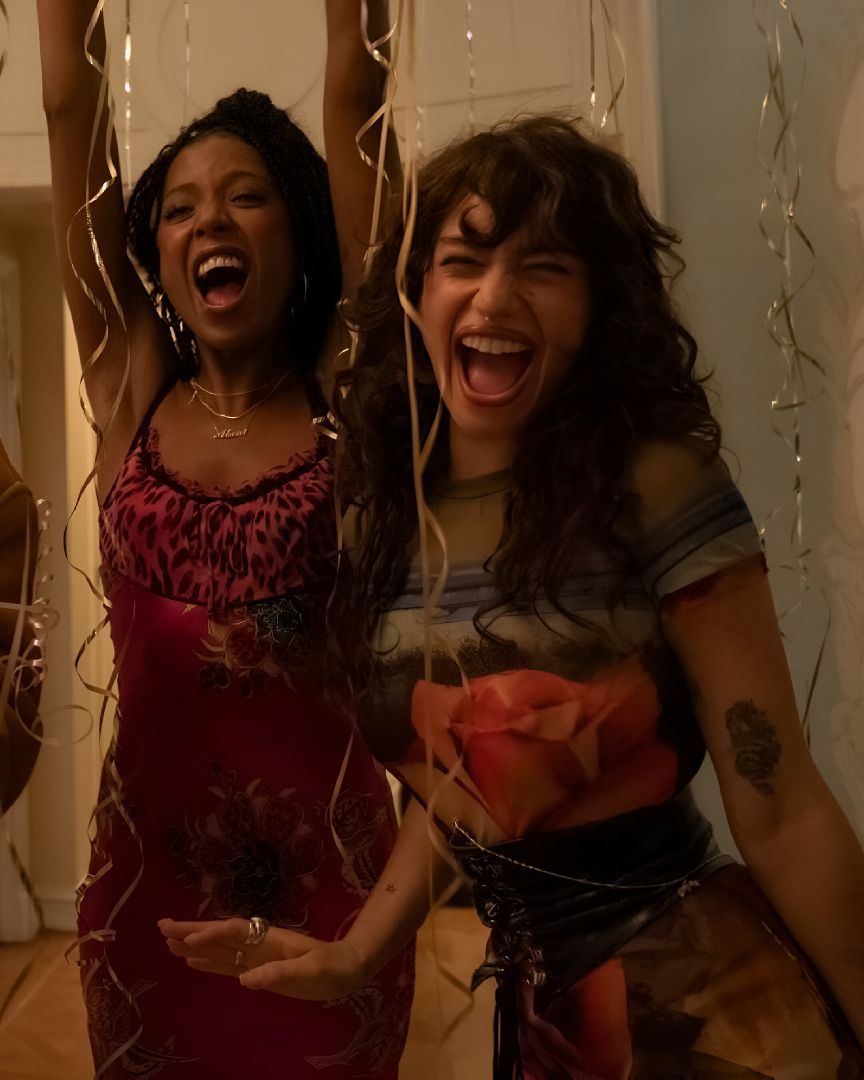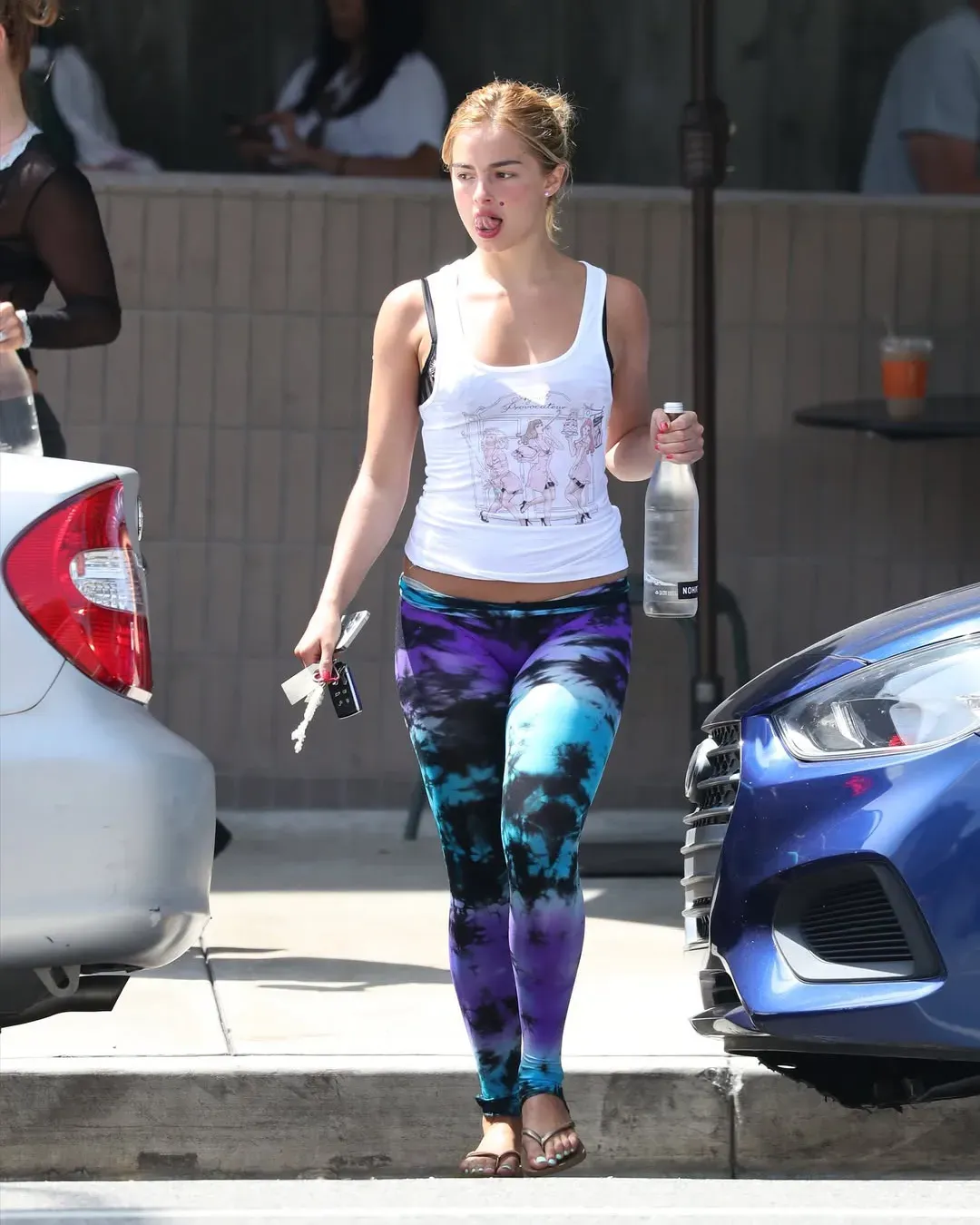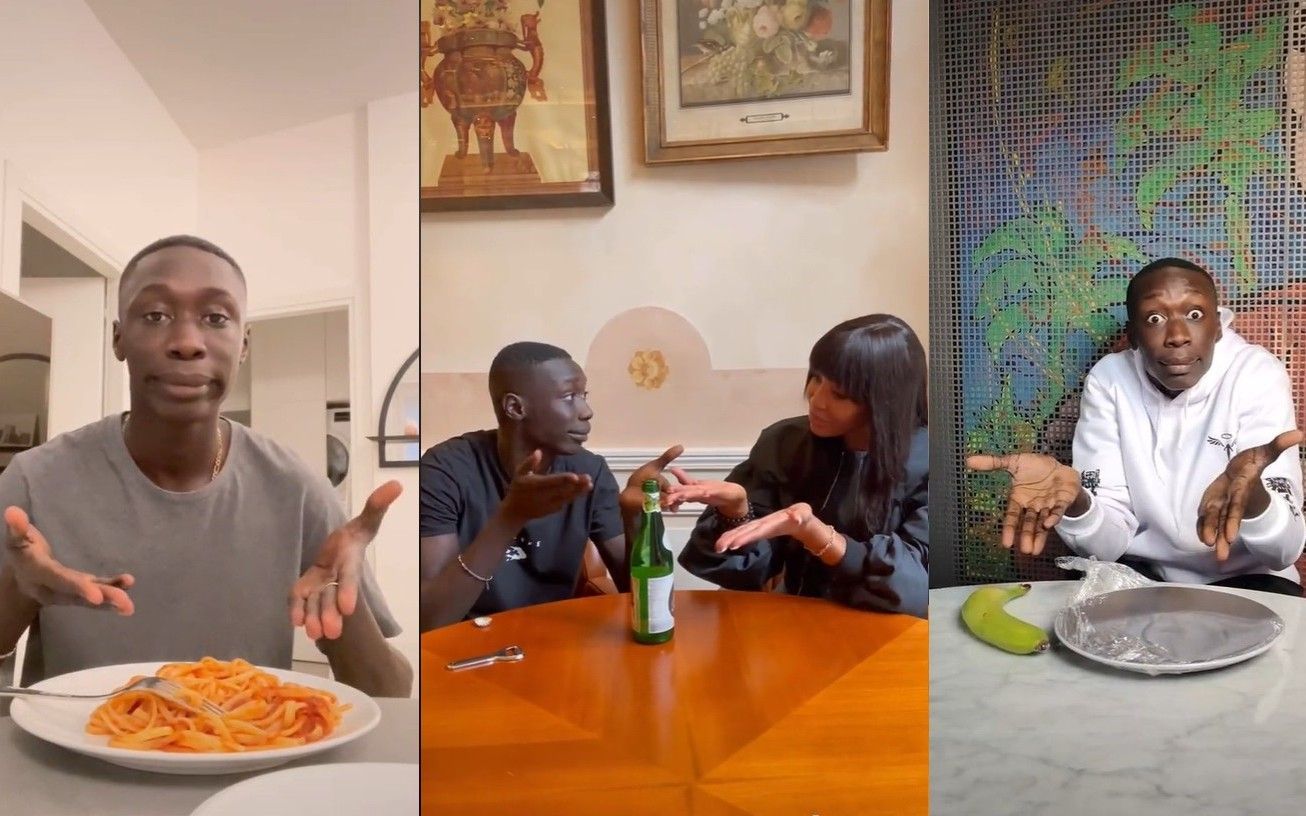
Does TikTok give the same opportunities to all its creators? Stranamente Khaby Lame, il secondo TikToker più seguito al mondo, non è tra i creator più ricchi
Just a few days ago Forbes released a list for Top-Earning TikTok stars of the past year. It is no secret that during the past few years the platform has experienced exponential growth along with its users. Many have become somewhat of overnight sensations , launching them into stardom with millions of followers, and opening the doors for branded partnerships. The list features a round up of seven TikTokers including Charli D’Amelio , Dixie D’Amelio , Addison Rae, Bella Poarch , Josh Richards, Kris Collin and Avani Gregg — all in descending order based on their earnings. The problem with the list however, is that it doesn’t feature any black creators or influencers. The general assumption regarding the logic behind the earnings of TikTok stars would be that the creators and influencers with the highest number of followers are the ones who earn the most. This logic checks out for TikTok star Charli D’Amelio who is the most followed influencer on the platform while also being the platform’s top earner. However Senegalese Italian TikToker Khaby Lame sits right behind Charli D’Amelio , being the second most followed person on the platform, yet he isn’t featured on the list at all. In a statement regarding their ranking process Forbes explained:
«We look at the top-earning stars whose fame originated first on TikTok. This leaves out other celebrities active on the app, like Will Smith and Jason DeRulo. From there, our numbers estimate what the TikTokers earned from January 1, 2021, through December 31, 2021. This is different from our debut list in 2020, which calculated earnings from July 2019 through July 2020. Another difference: That initial ranking was a snapshot of who we thought had earned a million dollars from TikTok during those 12 months. With sponsored content rates up, a million isn’t hard to do anymore, which is why this new Top 5 list requires a minimum of $4.75 million in earnings, a point several times greater than our original roll’s cutoff».
Lame became famous in 2020, in the early stages of the pandemic, through his videos in which he was seen reacting to different situations, without ever speaking, and in which he made fun of the popular life hack videos that abound on YouTube and social media. The overwhelming popularity of the videos quickly led him to surpass Gianluca Vacchi, who was the most followed person in Italy on TikTok until then, and, finally, made him the second most followed creator in the world. Precisely because of its popularity, its absence from the list of the richest creators of the platform seems problematic. While his white counterparts quickly turned their fame into big campaigns for beauty products, acting careers on Netflix, or even offers from big music producers, his exclusion from the list implies that Lame didn't have the same opportunities. This not only highlights the huge racial pay gap that exists in the influencer industry, but also implies that although Lame is one of the creators of viral content worldwide, he has not been contacted by brands or other companies for partnerships or jobs that go outside of entertainment on the platform – which makes things even worse, especially considering that Lame has a much wider social media reach than other creators on the list.
Although there may be many other factors that may explain the reason for Khaby Lame's absence, including his management and positioning, his absence underscores a broader problem in the TikTok community. The platform too often relies on the work of black creatives without acknowledging their merit or crediting them as it would be necessary. Last year, for example, some black TikTokers went on strike refusing to continue creating eye-catching choreography, and the hashtag #BlackTikTokStrike reached 5.6 million views. The walkout was a reaction to the fact that numerous viral choreographies originally created by black artists are copied with enormous success by white creators – specifically, it was Adisson Rae, criticized last year for popularizing some dances created by black Tiktokers without acknowledging their authorship of the choreographies. The conversation about the absence of black Tik Tokers in Forbes' list of the best earnings, is not only about Khaby Lame but it is a huge red flag that shows that, despite the ideals of inclusivity that TikTok promises, its black creators are then ignored or not compensated as much as the others.









































